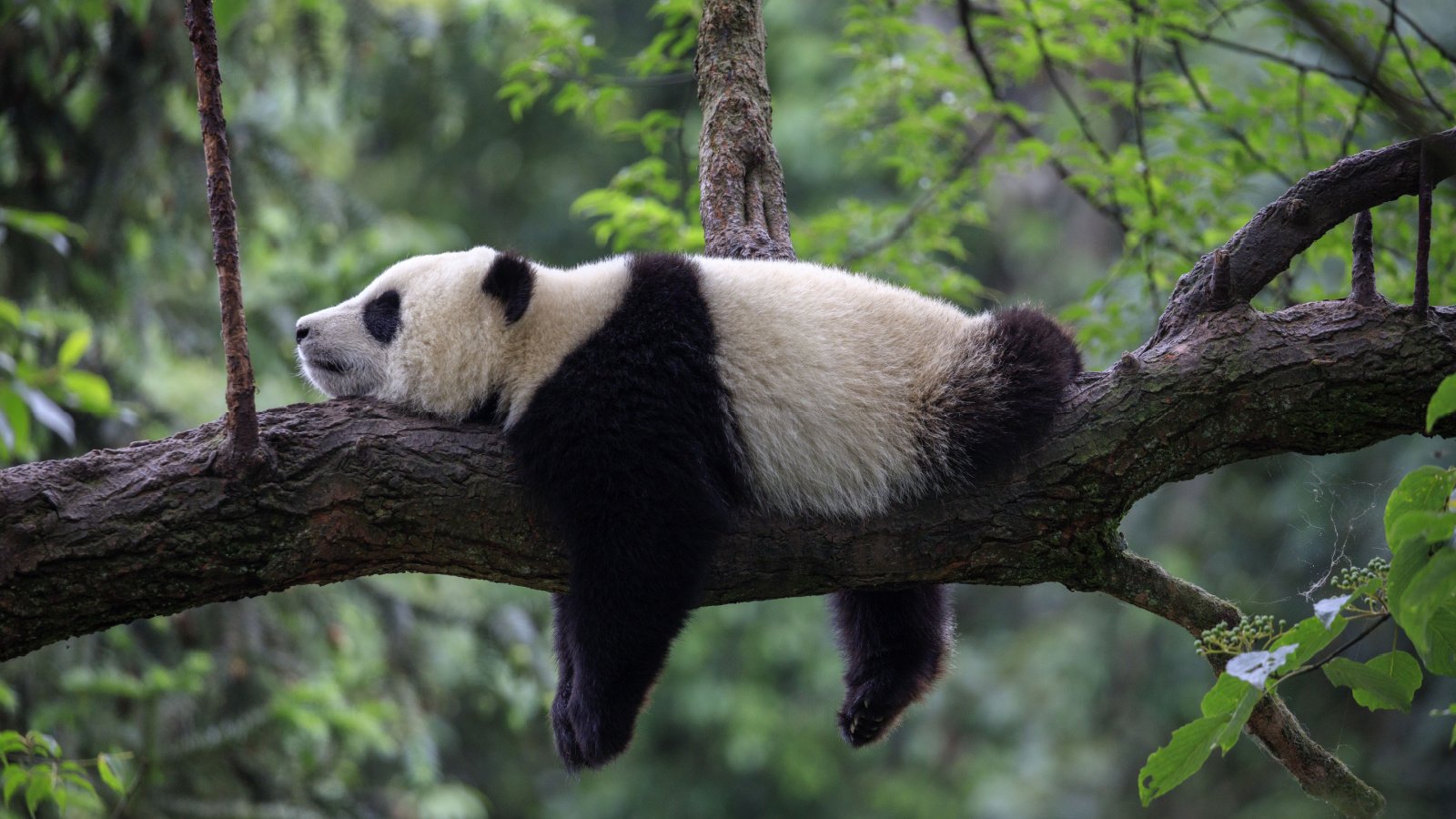Our planet is teeming with incredible creatures, some so rare and exotic they seem straight out of a fairy tale. From the ocean depths to the highest peaks, these animals captivate us with their mysterious ways and unique adaptations. Join us as we explore some of the most elusive and fascinating animals on Earth.
Okapi
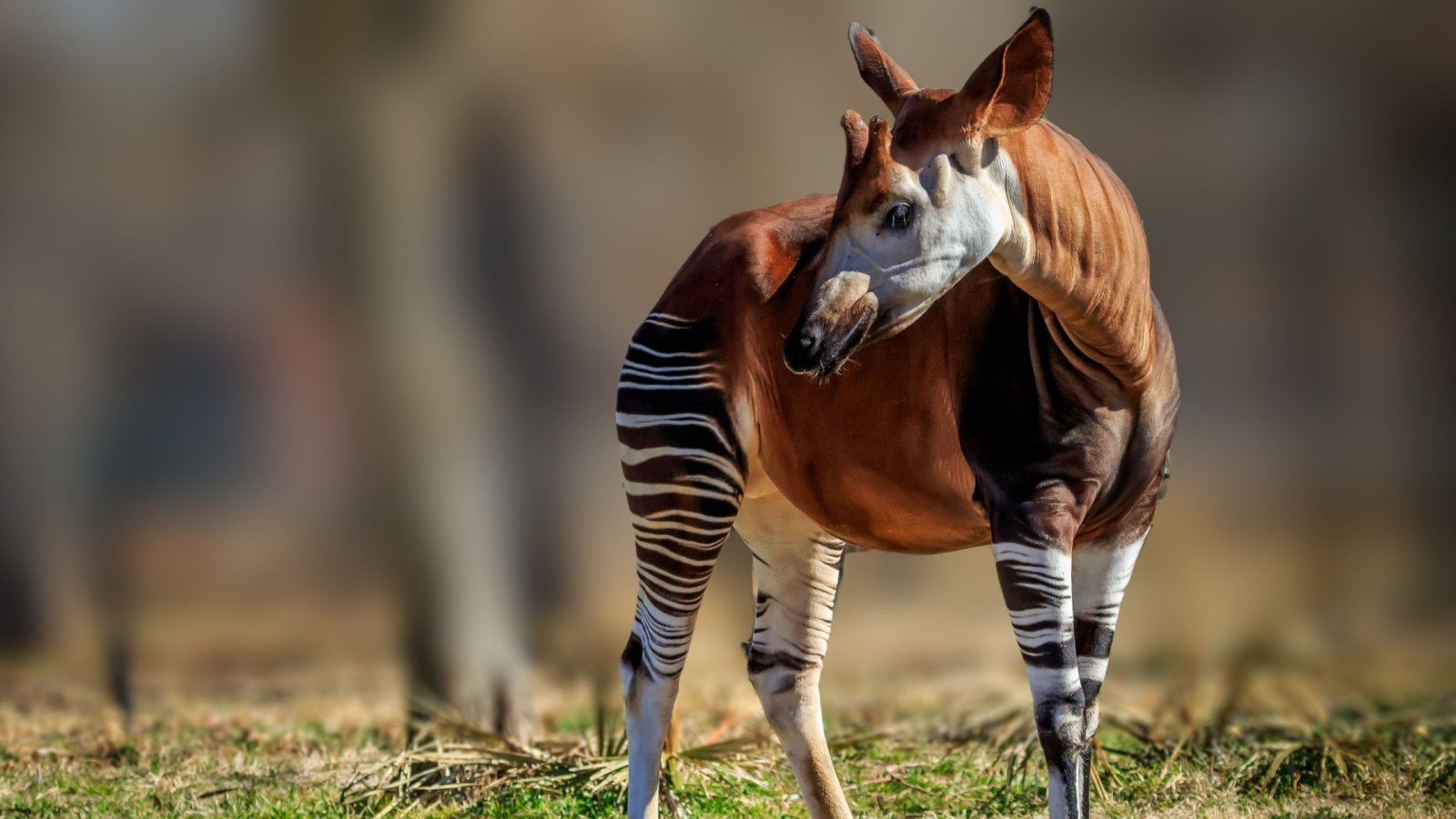
Native to the dense rainforests of the Congo, the okapi is often referred to as the ‘African unicorn.’ Its striped hindquarters resemble those of a zebra, yet it is actually a close relative of the giraffe. The elusive nature of the okapi makes sightings incredibly rare.
Kakapo
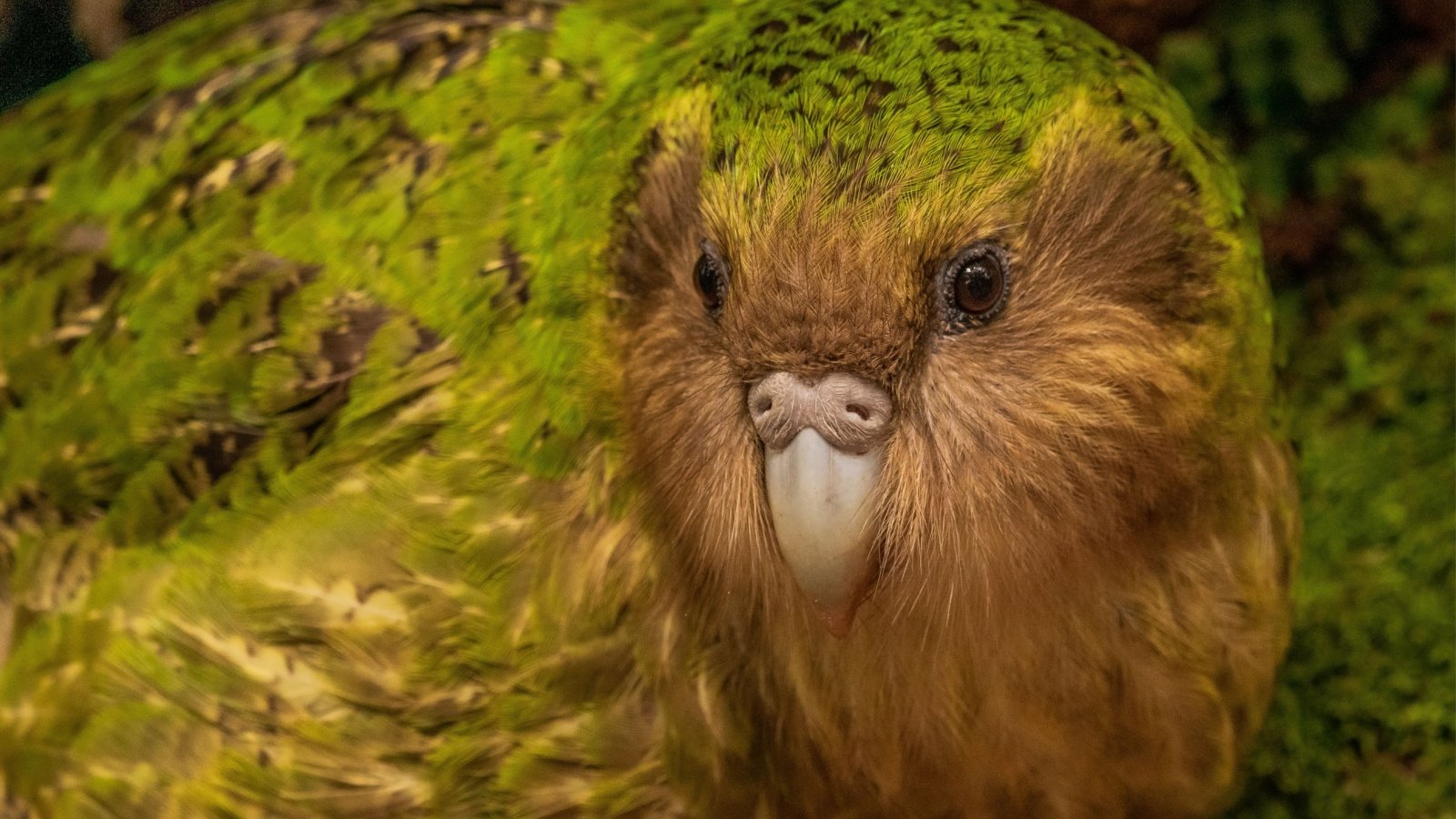
The kakapo is a flightless parrot from New Zealand, known for its nocturnal habits and strikingly soft feathers. With fewer than 200 individuals left, conservation efforts are critical for this bird’s survival. Its inability to fly and unique breeding system involving a lekking behavior make it a fascinating subject of study.
Saola
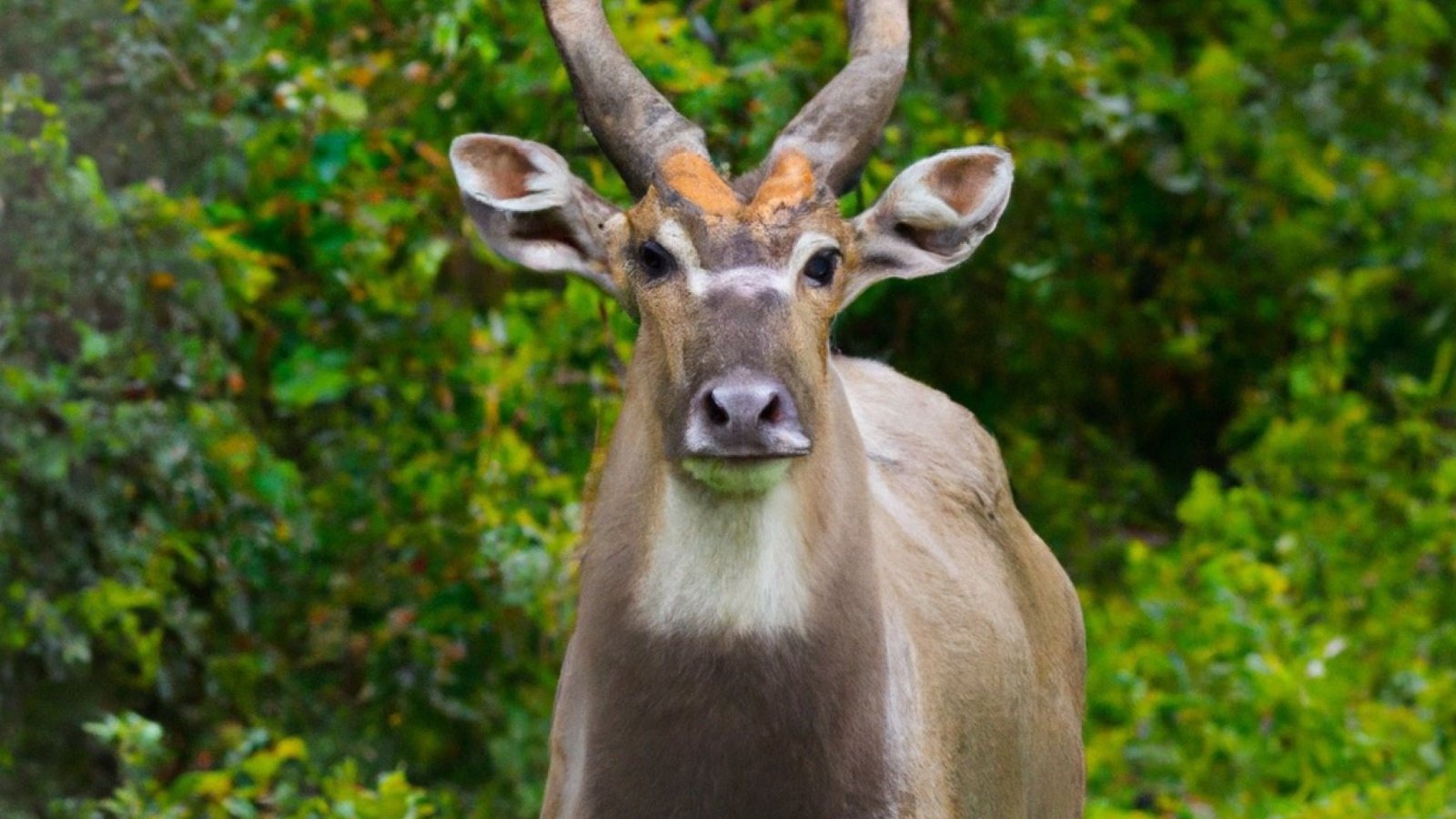
Discovered only in 1992 in Vietnam, the saola is often called the Asian unicorn due to its rarity. This forest-dwelling bovine is critically endangered, with no accurate population estimates available. Its two parallel horns and elusive nature contribute to its mythical status.
Narwhal

Known as the ‘unicorn of the sea,’ narwhals are Arctic whales famous for their long, spiraled tusks. These tusks are actually elongated upper left teeth, which contain up to 10 million nerve endings. Narwhals are elusive and primarily found in Canadian Arctic and Greenlandic waters.
Pangolin

Pangolins, often mistaken for reptiles, are mammals covered in protective keratin scales. They are one of the most trafficked mammals in the world. These nocturnal creatures are shy and mainly eat ants and termites using their long, sticky tongues.
Aye-Aye

The aye-aye is a lemur native to Madagascar, known for its distinctive method of finding food by tapping on trees to locate insects. Its unusual appearance, including rodent-like teeth and a bushy tail, often leads to superstitions and myths about the species.
Gharial

The gharial, with its narrow, specialized snout, is a critically endangered crocodilian from the Indian subcontinent. Conservation programs are crucial as habitat loss and fishing pressures have severely reduced its population.
Vaquita

The vaquita is the world’s most rare marine mammal, found only in the northern part of the Gulf of California. With estimates of fewer than ten remaining individuals, the vaquita faces imminent extinction due to bycatch in illegal gillnet fishing.
Amur Leopard

With fewer than 100 individuals in the wild, the Amur leopard is one of the world’s most endangered big cats. Native to the temperate forests of eastern Russia and northern China, it has adapted to life in the harsh, cold climate.
Sumatran Rhino
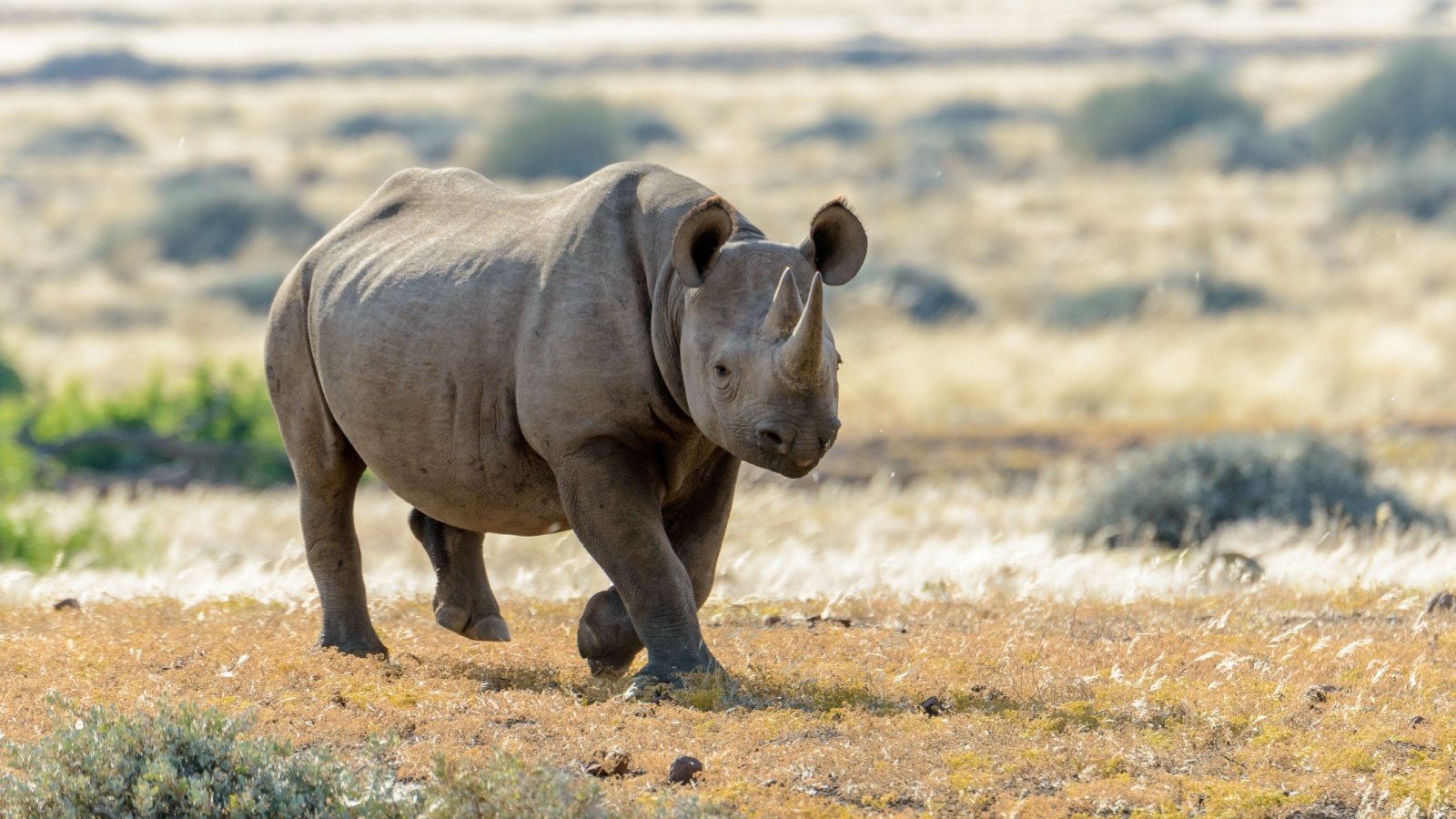
The Sumatran rhino is the smallest of the living rhinoceroses and the only Asian rhino with two horns. This species is critically endangered, with fewer than 80 individuals believed to exist due to poaching and habitat loss. Their solitary nature and dense jungle habitat make them difficult to study.
Philippine Eagle
The Philippine eagle, one of the largest and most powerful eagles in the world, is critically endangered. It is endemic to the Philippines and requires large territories of tropical rainforest to thrive, habitats that are rapidly diminishing.
Angel Shark
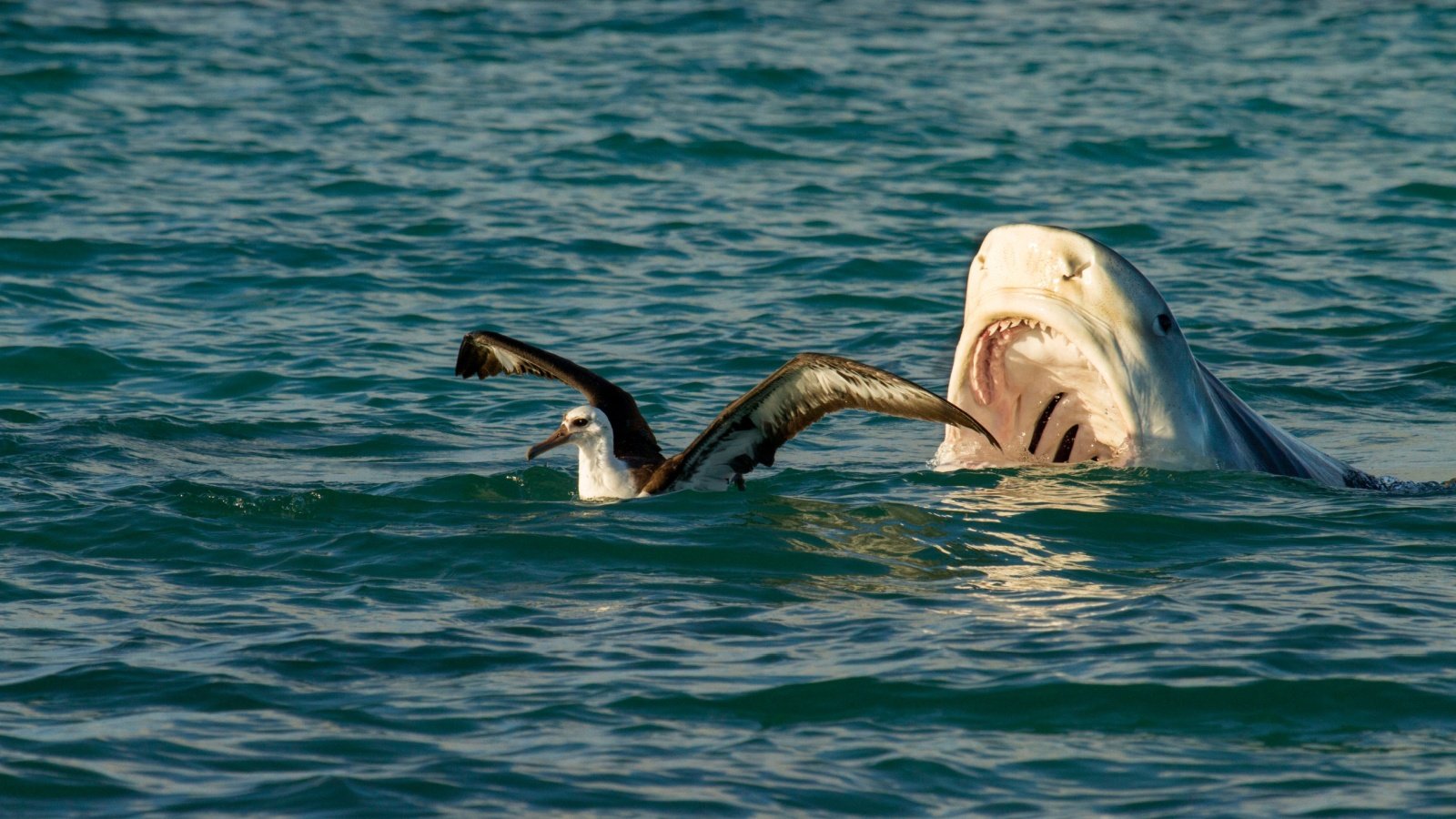
Resembling a ray more than a shark, the angel shark’s flat body allows it to camouflage perfectly with the ocean floor. Once common across the European coastline, overfishing has drastically reduced its numbers. The angel shark is now primarily found around the Canary Islands.
Axolotl
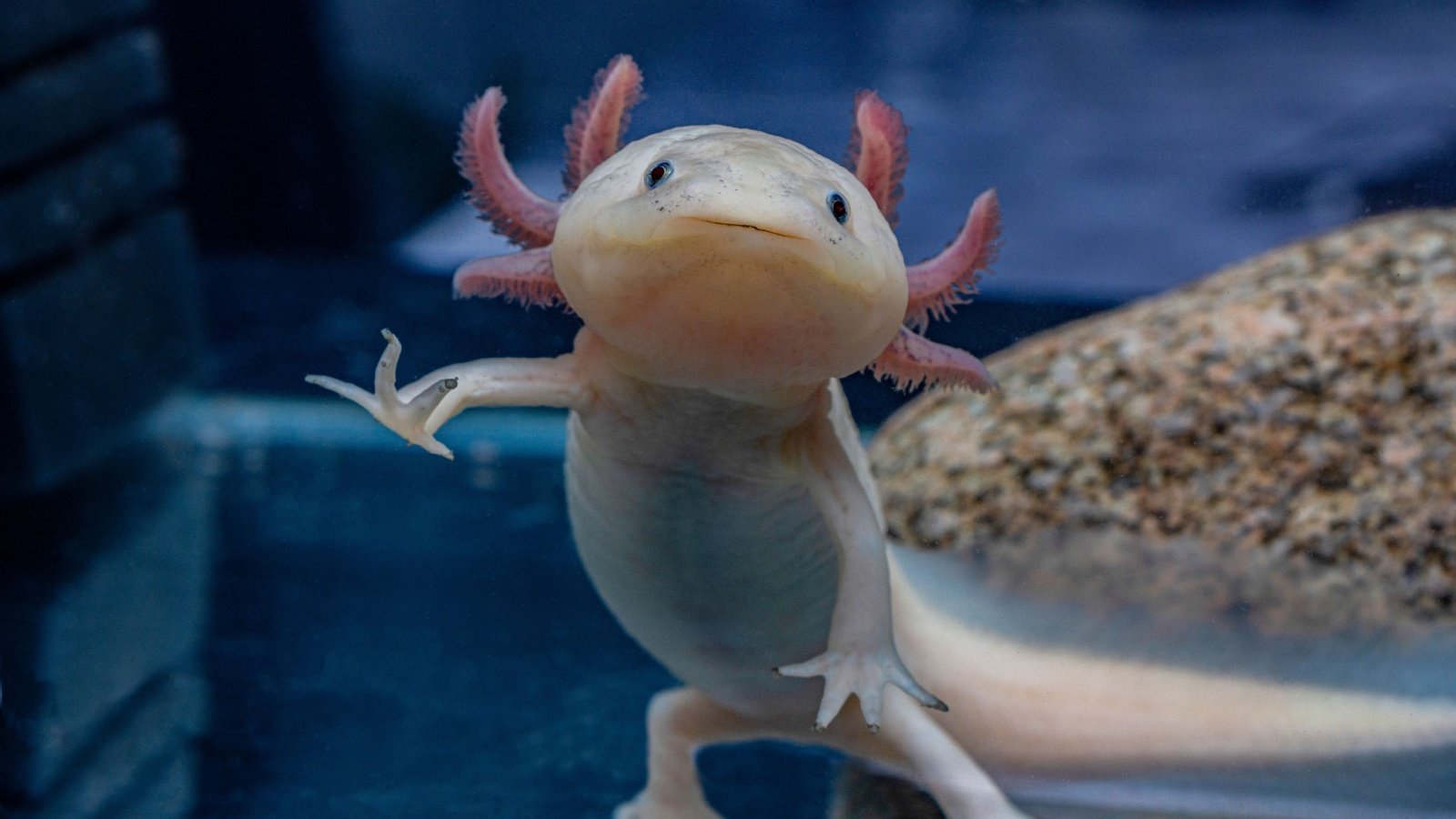
Unique to the lake complex of Xochimilco near Mexico City, axolotls are fascinating amphibians that retain their larval features throughout their life. Known for their ability to regenerate limbs, these creatures are a vital research subject in regenerative medicine.
Giant Ibis

Once widespread across Southeast Asia, the giant ibis is now primarily found in Cambodia. As the national bird of Cambodia, it is a symbol of pride but also of the environmental challenges the country faces. Deforestation and hunting have pushed the giant ibis to the brink of extinction.
Javan Rhino
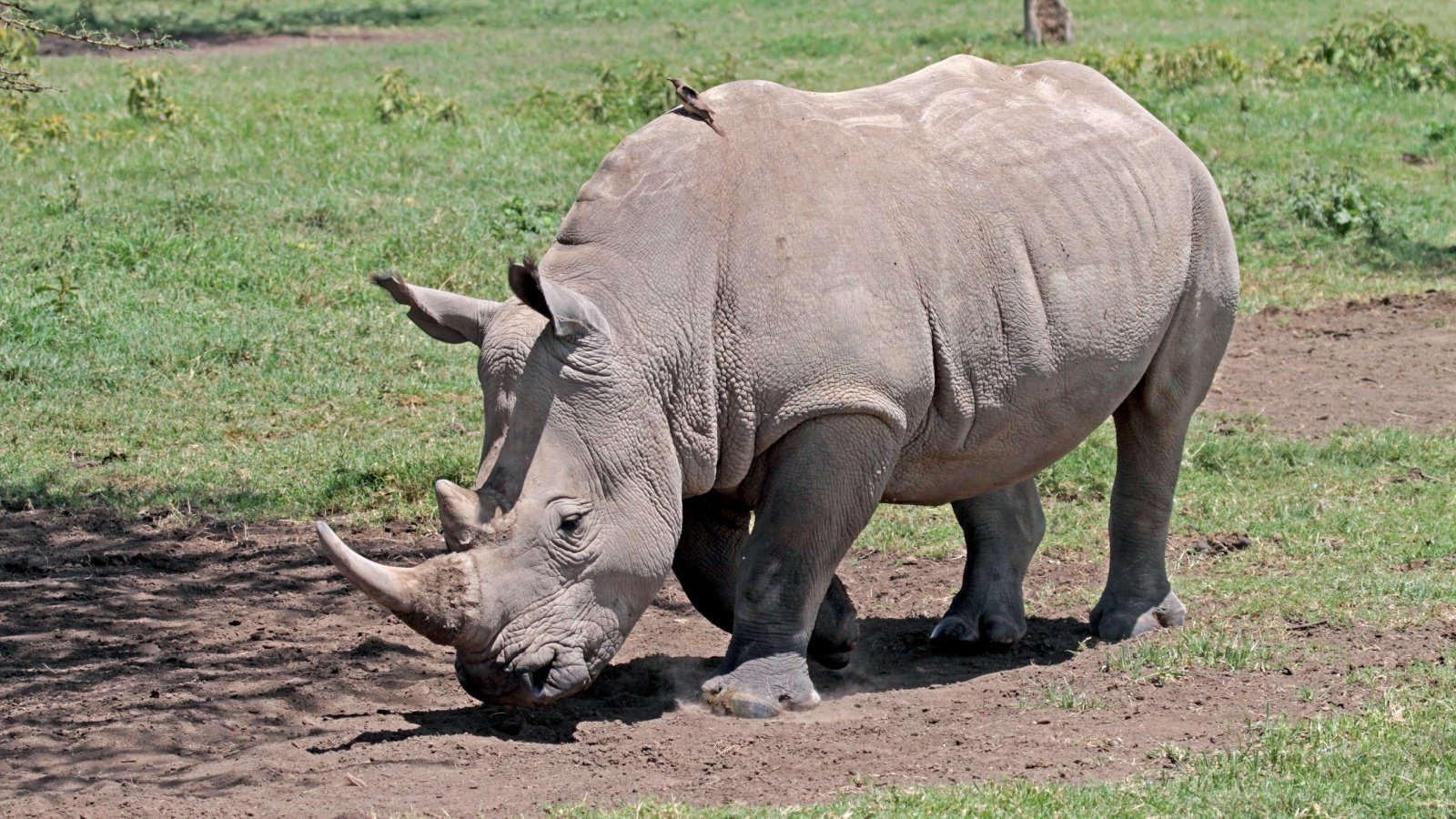
The Javan rhino is one of the rarest large mammals on earth, with only about 74 living in Ujung Kulon National Park in Indonesia. This rhino species has been wiped out from every other part of its range due to poaching and habitat loss.
Leatherback Turtle

The leatherback turtle, the largest of all living turtles, navigates the oceans far from shore. It is distinctive for its lack of a bony shell, having instead a leathery skin overlaying bony plates. Despite its vast migratory patterns, the leatherback faces threats from marine pollution and accidental capture in fishing gear.
Snow Leopard
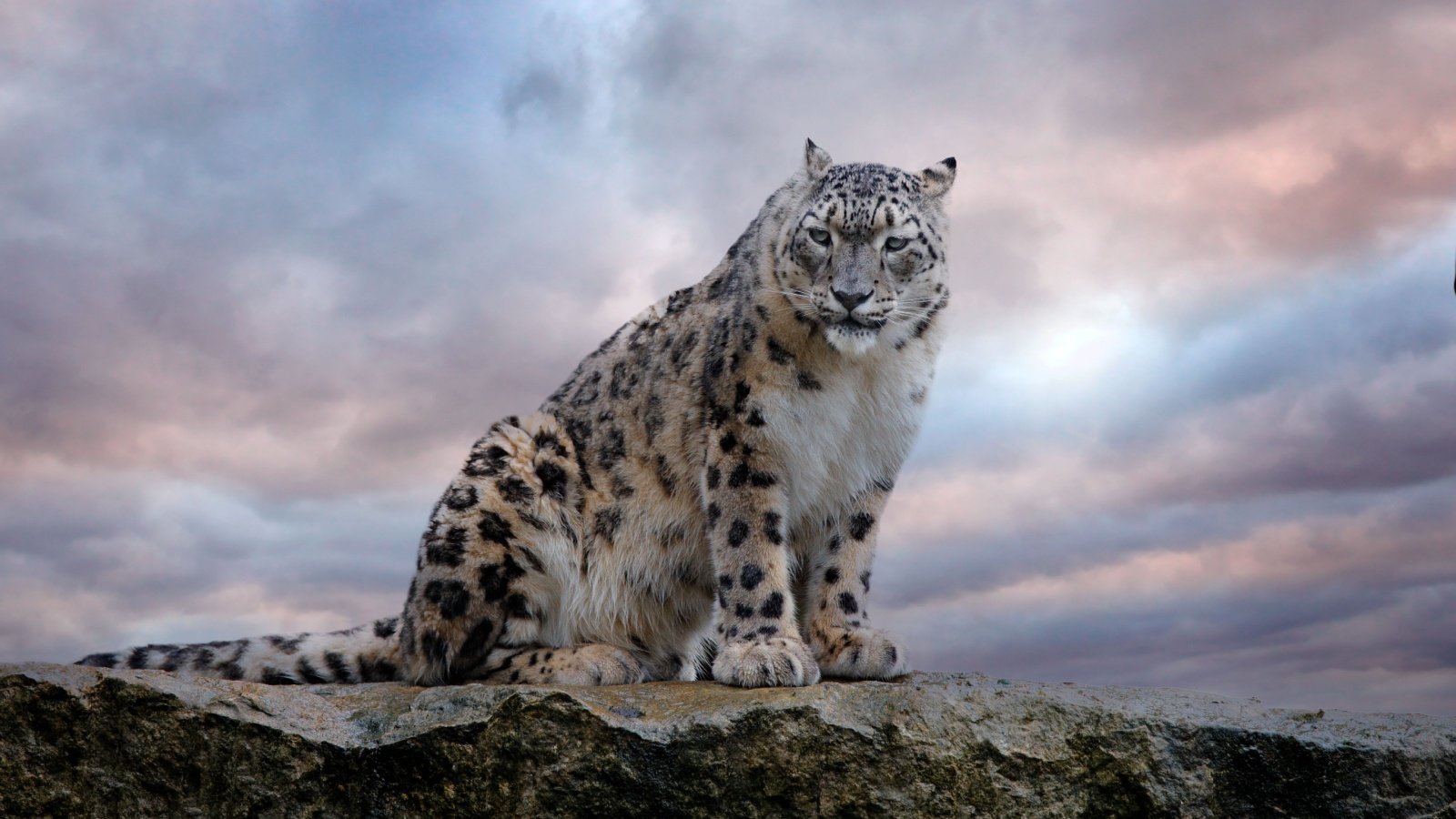
The snow leopard is an elusive big cat native to the mountain ranges of Central Asia. Adapted to the cold, rugged terrain at high altitudes, it has developed a remarkable ability to blend into its snowy environment. Efforts to protect the snow leopard are hampered by its secretive nature, making it difficult to estimate the population.
Tree Kangaroo

Tree kangaroos reside in the upper branches of trees in the rainforests of Papua New Guinea and Australia. Unlike their terrestrial relatives, these marsupials have adapted to a life aloft, leaping between trees with ease. Their dwindling numbers are primarily a result of habitat destruction and hunting.
Spectacled Bear

The spectacled bear is the only bear species native to South America and is distinguished by the distinctive markings that often resemble glasses. Found primarily in the Andean forests, their survival is threatened by habitat fragmentation and agricultural expansion. This bear plays a crucial role in its ecosystem as a seed disperser.
Blue Dragon

The blue dragon, or blue sea slug, floats on the ocean’s surface, preying on venomous jellyfish. Its vibrant blue and silver coloring is not just for show; it actually helps camouflage the creature in the water, reflecting the sky. Despite its small size, the blue dragon’s ability to consume and repurpose jellyfish venom makes it a formidable predator.
Tarsier

Tarsiers, with their enormous eyes and expressive faces, are among the smallest primates in the world. Native to the islands of Southeast Asia, these nocturnal creatures are superbly adapted to a life spent leaping between tree branches. Their numbers are in decline due to habitat destruction and the illegal pet trade.
Red Wolf
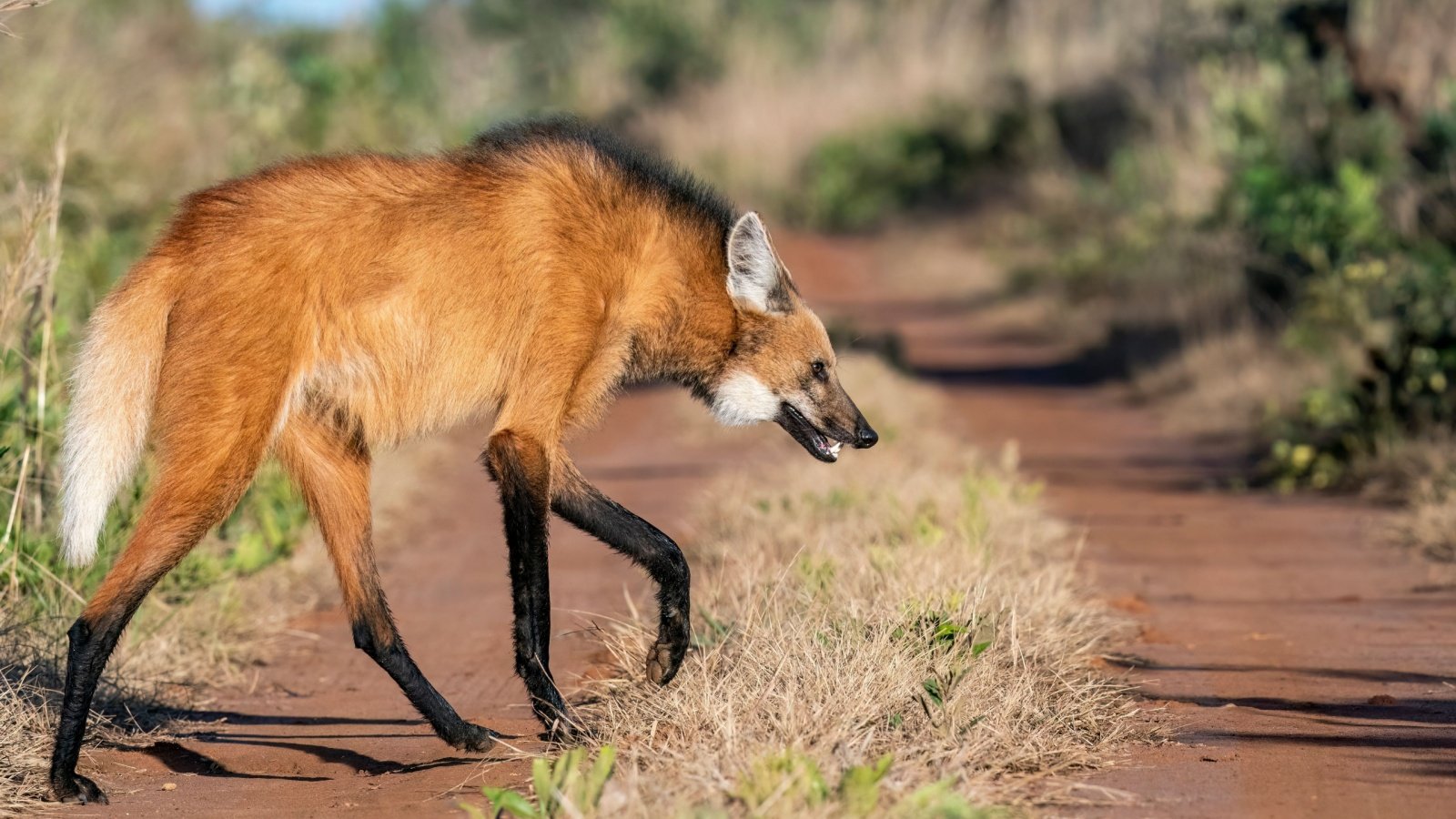
The red wolf is a distinct species native to the eastern United States, currently found only in protected areas of North Carolina. Once declared extinct in the wild, it has been reintroduced through captive breeding programs. Ongoing challenges, such as hybridization with coyotes and habitat loss, continue to threaten its fragile recovery.



